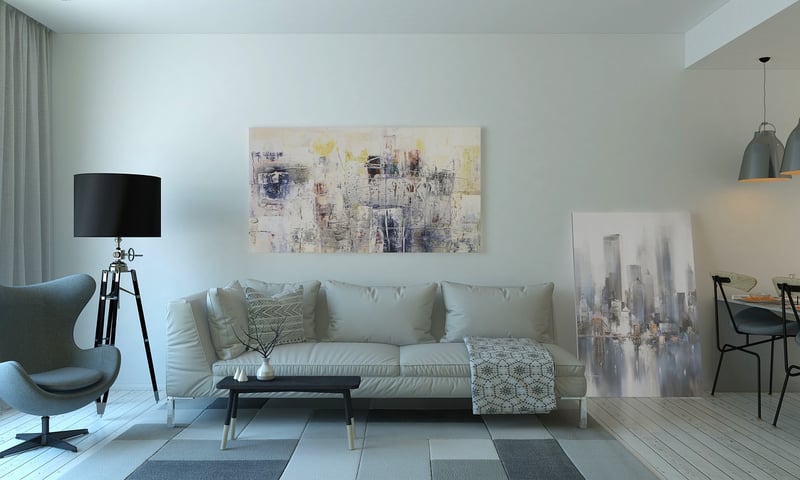Lighting considerations
The Impact of Aesthetics and Layouts on Lighting Considerations
In any space, be it a home, office, or retail environment, the aesthetics and layout play a crucial role in determining the lighting requirements. Understanding how design elements interact with lighting can help create functional and visually appealing spaces. Let's delve into the relationship between aesthetics, layouts, and lighting considerations.
Aesthetics and Lighting
Aesthetics encompass the visual appeal of a space, including color schemes, furniture, decor, and overall style. When it comes to lighting, aesthetics influence the type of fixtures chosen, the intensity of light, and the color temperature. For example, modern and minimalist aesthetics often favor sleek, understated lighting fixtures that complement clean lines and neutral colors.
On the other hand, spaces with a more traditional or ornate aesthetic may benefit from decorative chandeliers or sconces that add a touch of elegance. It's essential to consider how lighting fixtures integrate with the overall design theme to create a cohesive look.
Layouts and Lighting
The layout of a space determines its functionality and flow, impacting the distribution of light and shadow. Open layouts with ample natural light may require minimal artificial lighting during the day to reduce energy consumption. In contrast, enclosed spaces or rooms with specific tasks, such as kitchens or workstations, may need targeted task lighting for optimal functionality.
Moreover, the placement of fixtures within a layout can enhance or detract from the overall design. Strategic lighting can highlight architectural features, artwork, or focal points, while poor placement may create glare or shadows that disrupt the visual balance of the space.
Lighting Considerations
When considering lighting for a space, it's essential to evaluate factors such as natural light exposure, the purpose of the space, and the activities performed within it. Layering different types of lighting, including ambient, task, and accent lighting, can create depth and dimension while fulfilling practical needs.
Additionally, energy efficiency and sustainability are becoming increasingly important considerations in lighting design. LED fixtures, dimmers, and sensors can help reduce energy consumption and minimize environmental impact without compromising on aesthetics or functionality.
Conclusion
The interplay between aesthetics, layouts, and lighting considerations is essential for creating harmonious and well-designed spaces. By understanding how these elements interact, designers and homeowners can achieve environments that are not only visually appealing but also functional and energy-efficient.


For more inspiration and ideas on lighting design, check out Architectural Digest's Lighting Design Tips.
